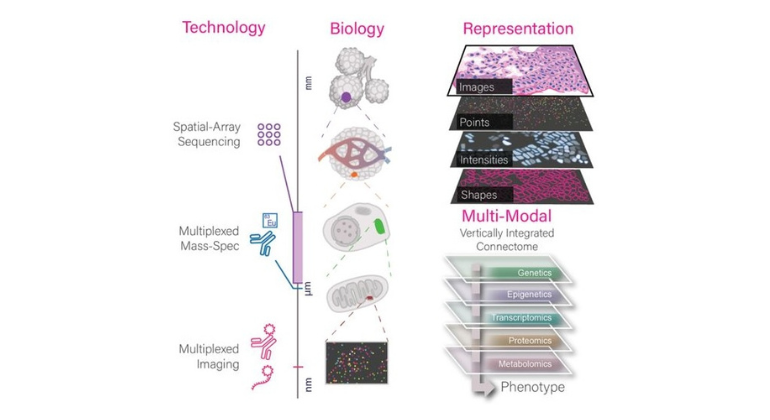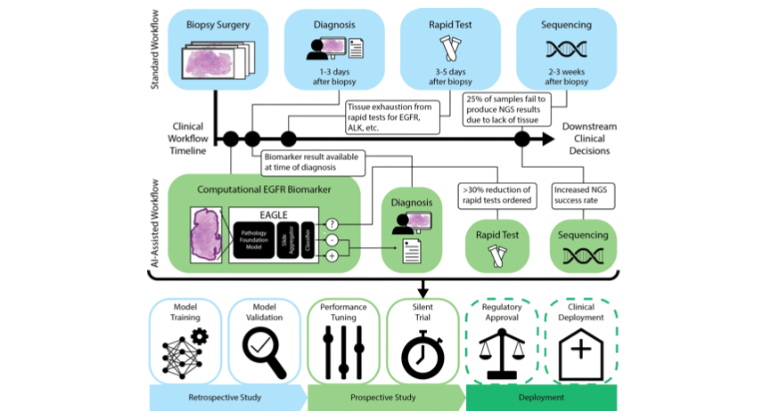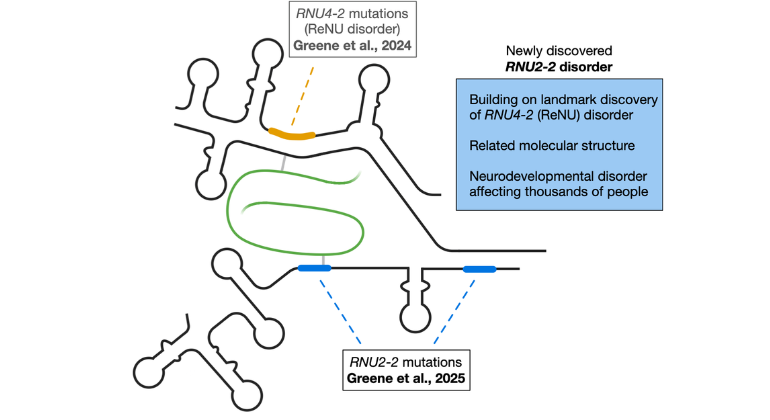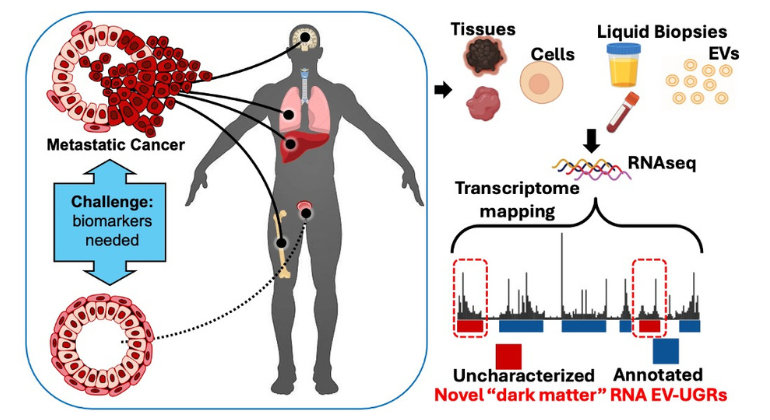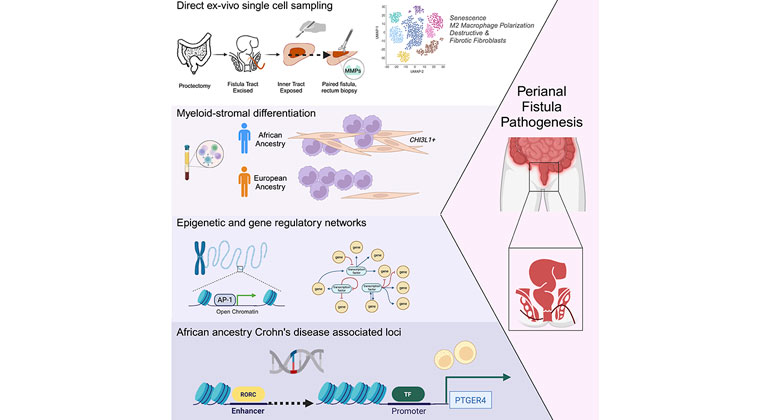"What Blockchain Could Do" - Linda Keslar
Every year in the United States, billions of dollars’ worth of unopened, unexpired prescription drugs are destroyed or tossed in the garbage—at a time when a quarter of the U.S. population says it can’t afford prescribed medicines and sometimes goes without. Many states have set up donation and reuse programs through pharmacies, charitable clinics and hospitals, but such programs have done little to solve the big problem of wasting perfectly good, desperately needed medications. The backbone of this global network is blockchain. In 2016 the Office of the National Coordinator for Health Information Technology, part of the U.S. Department of Health and Human Services, challenged researchers and health care organizations to explore how blockchain could be used in their fields. The research team of Noah Zimmerman, PhD, director of the Health Data and Design Innovation Center at the Icahn School of Medicine at Mount Sinai recently published a “landscape map” that counts 159 current blockchain projects in health care, roughly three times the number just two years earlier. According to Dr. Zimmerman, “Many of those efforts are still half baked or overly optimistic, with a disconnect between what blockchain technology could enable and our most pressing problems in health care.” Fewer than one in six companies on his list has a functioning prototype, and even fewer have launched a product. Yet despite the shaky foundations, Dr. Zimmerman believes their collective impact will someday be profound.
— Noah H. Zimmerman, PhD, Adjunct Assistant Professor, Genetics and Genomic Sciences, Director, Health Data and Design Innovation Center, Icahn School of Medicine at Mount Sinai
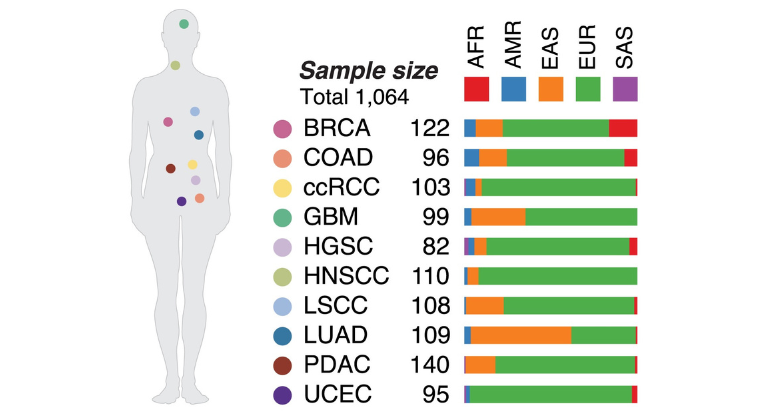
Study Reveals How Inherited Genes Help Shape the Course of Cancer
Apr 14, 2025 View All Press Releases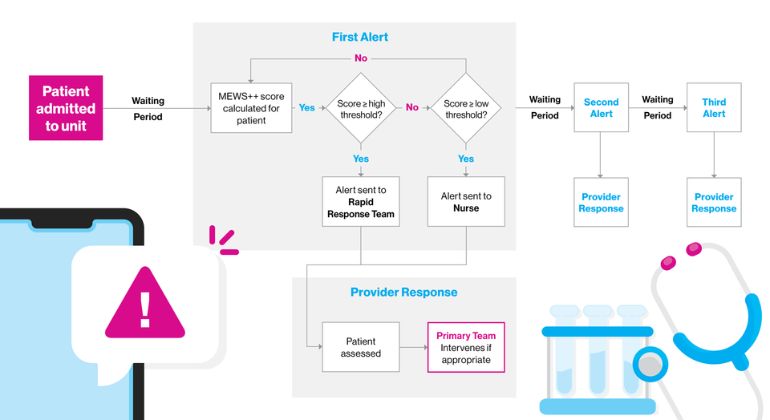
AI Can Help Doctors Make Better Decisions and Save Lives
Jun 13, 2024 View All Press Releases
